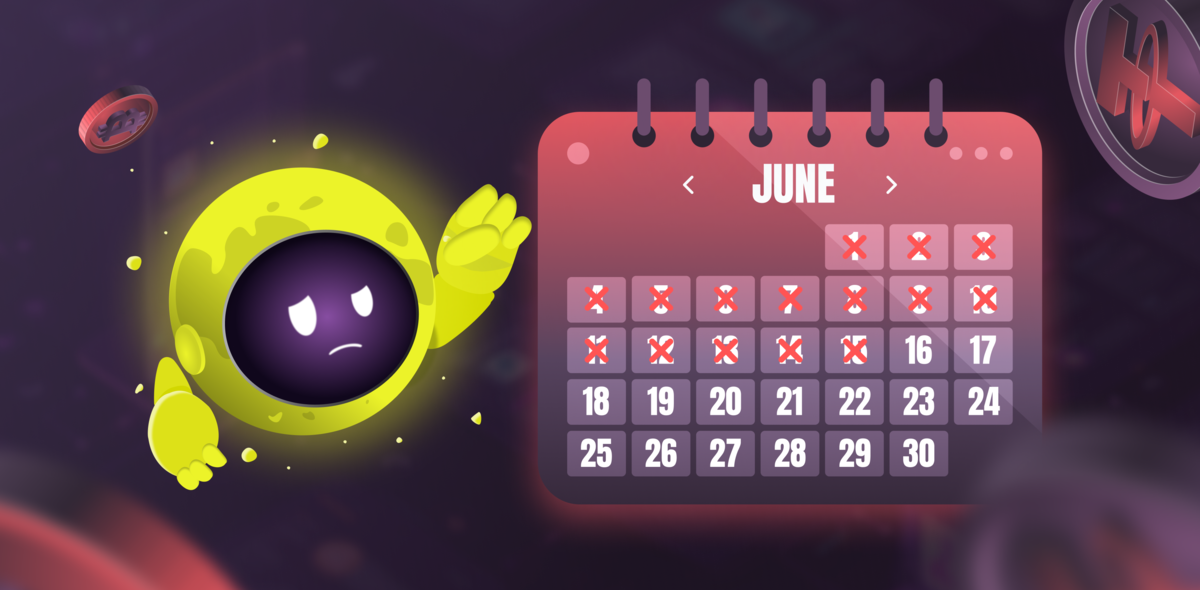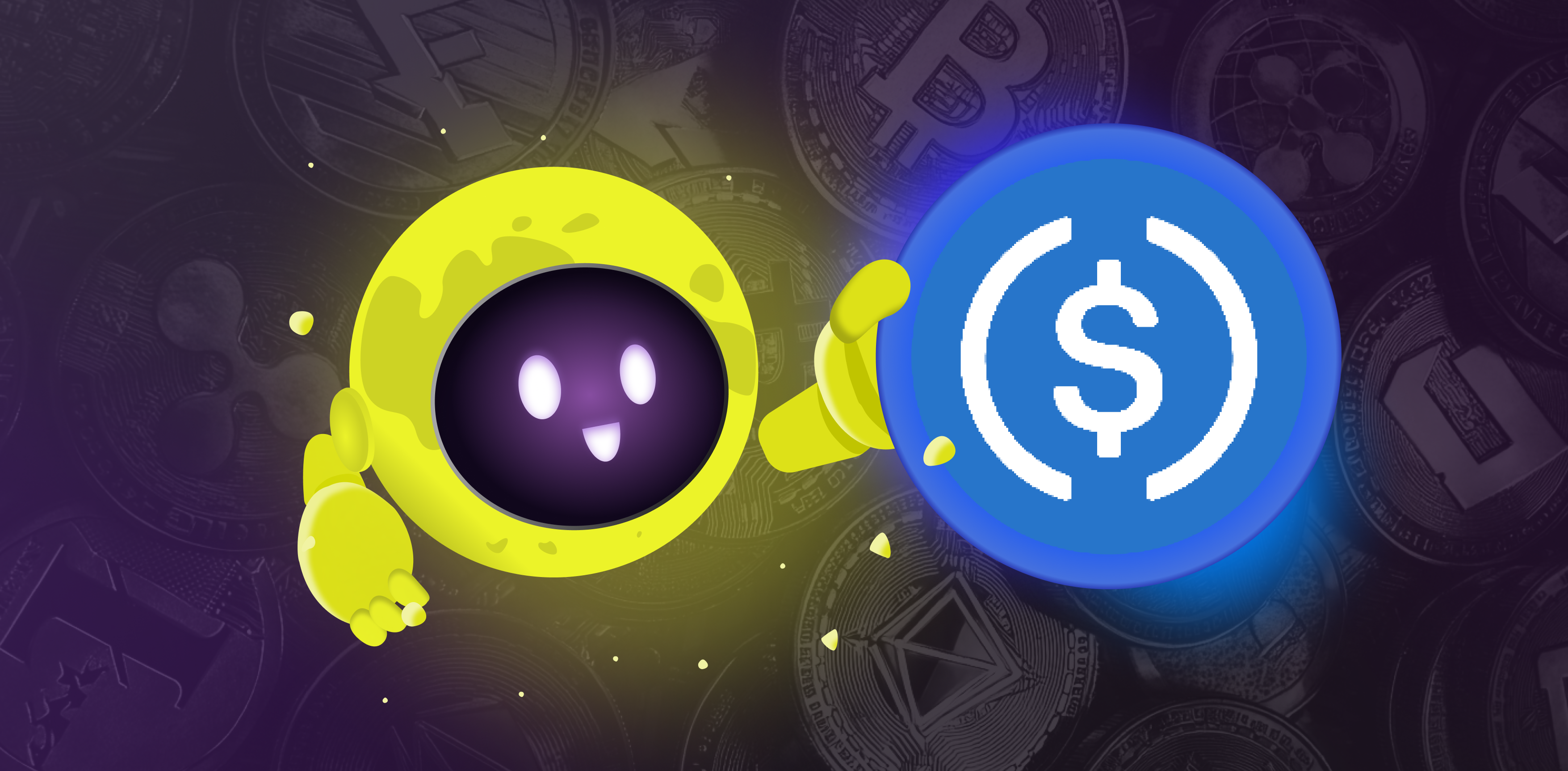
Cryptocurrency halving is a process of complication of crypto mining by reduction of the miners’ reward. Such means are necessary to regulate the emission of Bitcoin and some other cryptocurrencies.
Crypto halving plays an important role not only for miners but also for the operating of the entire cryptocurrency network. Let’s see what halving is and how it works.
How does Bitcoin halving work?
In the cryptocurrency sphere, the concept of halving refers to the process of reducing the rate at which new cryptocurrency units are generated. Such measures are necessary to regulate the emission of Bitcoin and some other cryptos.
The program code of the coin store a strictly limited number of Bitcoins, which is equal to 21,000,000. In addition, the reward for adding a new block is reduced by half every 210,000 blocks. According to statistics, the decoding of one block is carried out every 10 min. Bitcoin halving should occur at intervals of about 4 years.
This solution eliminates the problems faced by fiat currencies. For example, unlimited emissions, which lead to inflation and the subsequent “death of the currency”. In comparison to that, cryptocurrencies have often limited emission and their circulation is always regulated by the program code.
Advantages and disadvantages of halving
Cryptocurrency halving should be considered from two points of view — miners and the network itself may have controversial opinions. If we talk about those who are engaged in mining, then the halving of cryptocurrency is somewhat negative. While using the same computing power, a miner begins to receive a smaller reward. Therefore, halving motivates miners to waste money on upgrading their devices.
If we talk about this procedure from the Bitcoin network’s point of view, halving is an extremely positive feature. It allows to limit the emission, and therefore not only support the cryptocurrency exchange rate but even push it to growth.
Of course, the decrease of the reward in half in the future may lead to the situation when the entire mining segment will be concentrated in the hands of a limited group of miners, who, as necessary, developed and modernized their own technical base for mining. Whether such forecasts will be justified by 100%, it is impossible to say for sure. Only time will tell whether small players will survive in the Bitcoin mining environment.
When will Bitcoin mining end?
All of the above makes you wonder what will happen when the reward for mining is zero. Will it lead to the freezing of the network if all production stops?
Firstly, at the current mining speed and feature of halving, the last block containing Bitcoin will be mined somewhere in 2140. Given that the network started in 2009, this means that its life potential is 130 years. By then, economic conditions may be so altered that the need for block rewards may disappear.
It should also be borne in mind that miners have a secondary source of income — transaction fees. Perhaps, by the end of the rewards for a new block, mining for the sake of commissions can become quite profitable. Satoshi Nakamoto commented in BTC white paper:
“Once a certain number of coins go into circulation, the incentive can shift completely to transaction fees and be completely free of inflation.”
What does halving mean for Bitcoin?
First of all, it is a means of controlling the number of new coins that are got on the exchange daily. It is designed to prevent hyperinflation. If we look at countries that have experienced hyperinflation, it is always caused by the uncontrolled printing of new money. Every time a country prints more money, it reduces the cost of each individual piece of paper already in circulation.
Bitcoin halving was also designed to emulate gold mining. In its case, this has led to a predictable and sustained increase in the price of gold over the past century.
Many altcoins working with PoW have their own halving implementations. But, for example, Ethereum has its own methods that reduce the number of new coins.
Thus, Bitcoin, reducing by half over time, keeps the price of BTC. In particular, due to the reduction of the reward, it costs much more than it started with respect to the dollar.




